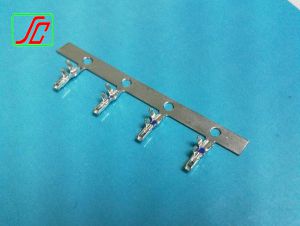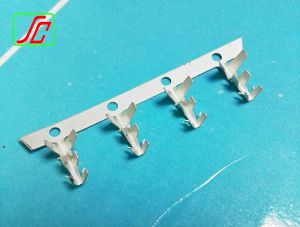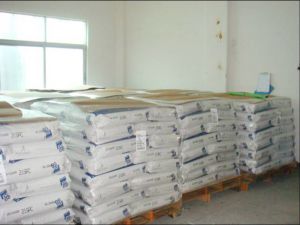The meaning of the connector using contact plating
Connectors are an important part of the electronic components industry, and it is not difficult for electronic engineering technicians to find that most connectors are coated with a special coating. Most people have a common doubt in their minds. What is the special significance of the plating on the connector? The contact plating of the connector not only protects the connector from environmental corrosion, but also increases the durability and wear resistance of the connector. It also helps to establish and maintain a stable connector impedance in terms of power efficiency. Specifically in:
1. Anti-corrosion function of connector plating
The first consideration for connectors is corrosion protection. Most electrical connector contact shrapnel are made of a copper alloy that is susceptible to corrosion, such as oxidation and vulcanization, in typical electrical connector operating environments. In fact, the contact plating is used to close the contact shrapnel from the working environment to prevent corrosion of the copper. Of course, the coating material must not be damaged (at least in the harmful range) in its working environment. As an important function of corrosion protection, optimizing the interface is a consideration for selecting the appropriate contact plating data.
2, connector plating helps improve mechanical efficiency
The parameters related to mechanical performance are mainly factors that affect the durability or wear of the coating, as well as the mating force. These factors to be considered are two different views under the same basic effect, namely the sharing of cold welding of the multi-point contact interface during relative motion. The most important mechanical properties include hardness, ductility and the coefficient of friction of the coating data. All of these properties depend on the intrinsic nature of the coating data and the work process it uses.
3, connector plating helps improve power efficiency
The optimization of the power efficiency can be considered from the control of the film that is already present and about to be formed on the surface of the contact plating. A major requirement for electrical performance of electrical connectors is to establish and maintain a stable connector impedance. To achieve this, a metal contact interface is required to provide such inherent stability. Establishing such a contact interface requires that the surface film be able to avoid or split when the contact is mated. These two different options clarify the difference between precious metals or rare metals and ordinary metals.
4, the characteristics of the connector using precious metal plating
To varying degrees, precious metal coatings (such as gold, palladium, and alloys thereof) are essentially free of surface film. The metal contact that creates the interface for these coatings is relatively simple because it only requires movement of the accompanying surfaces of the contact surfaces during mating. Usually this is easy to implement. In order to maintain the stability of the contact interface impedance, the connector design requires care to maintain the precious metality of the contact surface to prevent external factors such as contaminants, diffusion of the substrate metal, and contact wear.
5, the connector uses the characteristics of ordinary metal plating
Ordinary metal coatings, especially tin or tin alloys, are naturally covered with an oxide film. The role of tin contact plating is because this layer of oxide is easily destroyed during mating, so that metal contact is easily established. The need for an electrical connector design is to ensure that the oxide film breaks when the connector is mated, while ensuring that the contact interface is no longer oxidized during the life of the electrical connector. Reoxidation corrosion, in wear and corrosion, is the most important mechanism of performance degradation of tin contact coating. The silver contact plating is preferably treated as a common metal plating because the coating is susceptible to corrosion by sulfides and chlorides. The nickel plating is usually regarded as a common metal because of the formation of the gas valve.







